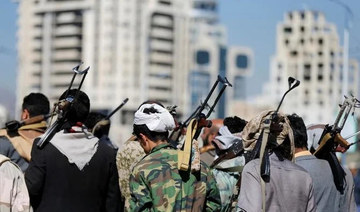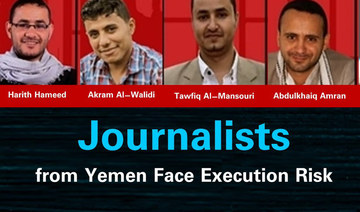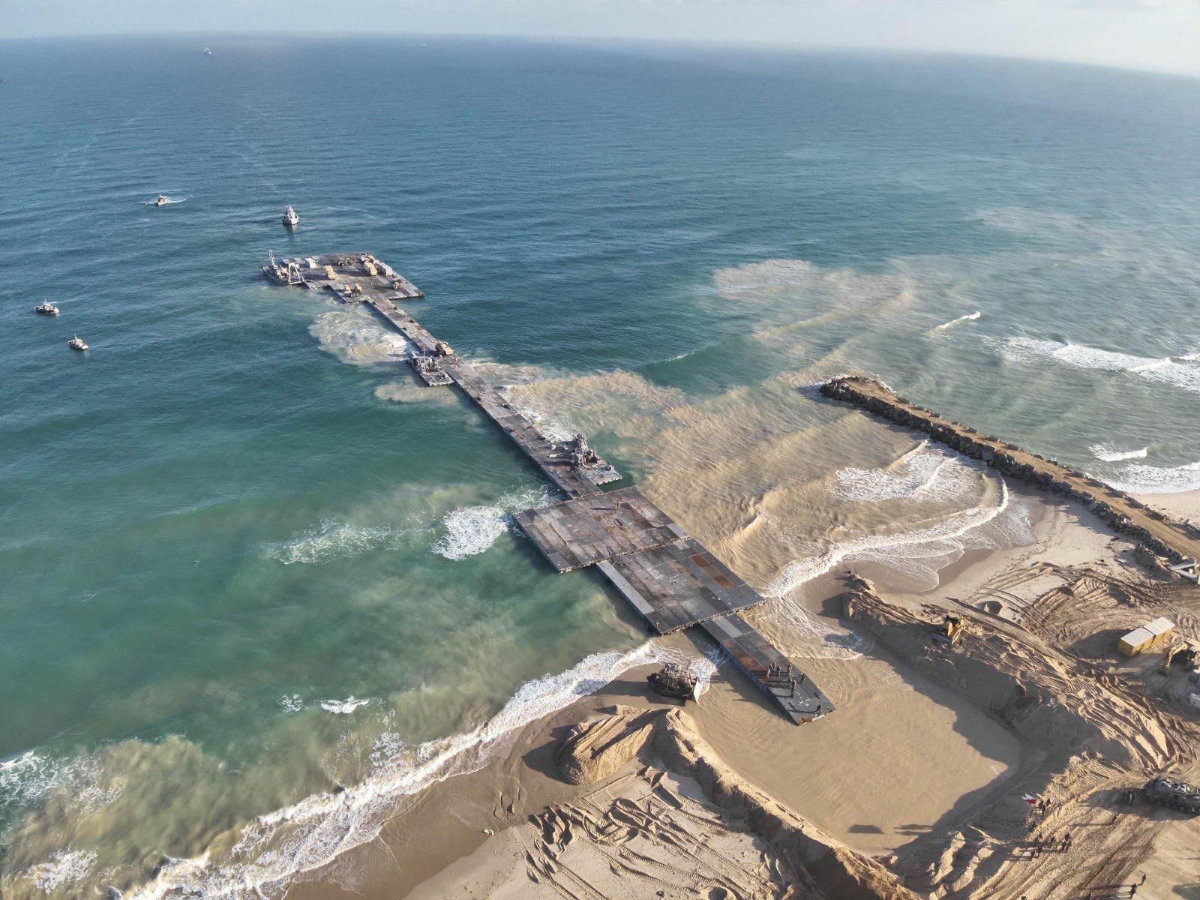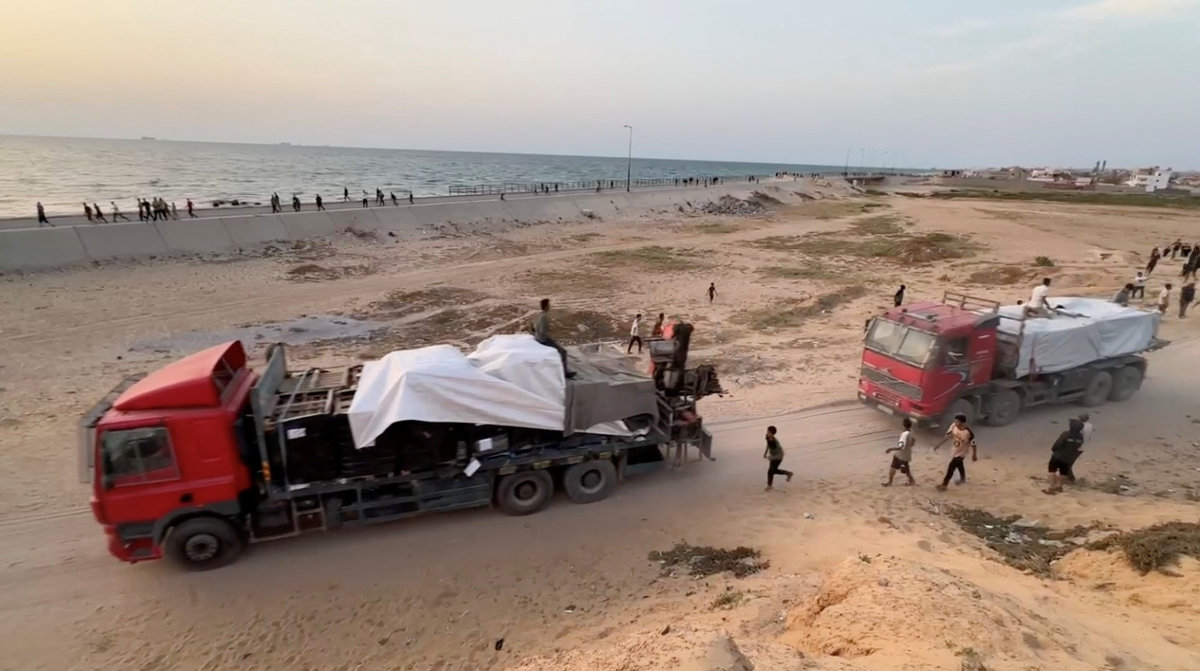AL-MUKALLA: During prisoner exchange talks in Switzerland, Iran-backed Houthi delegates refused to consider the release of four journalists in their captivity who face the death penalty and refused to include their names in the expected swap deal with the government, two Yemeni officials told Arab News on Monday.
Relatives of the journalists have asked Yemeni government negotiators to continue to press for their release.
The Yemeni government and the Houthis started discussing prisoner exchanges on Saturday and are scheduled to continue for 11 days.
Over the two last days, the two parties exchanged the names of hundreds of captives, forcibly disappeared individuals, and others, including politicians, fighters, and military leaders. During the discussions, the Houthis rebuffed the Yemeni government’s proposal to include the four journalists in the upcoming prisoner swap.
Muammar Al-Eryani, Yemen’s minister of information, condemned the Houthis’ resistance to pleas for the release of the journalists, who are being subjected to physical and psychological torture, and called for further pressure on the Houthis to free them.
Majed Fadail, Yemen’s deputy human rights minister and government delegation member, said there have been no advances in discussions regarding a prisoner exchange.
Tawfiq Al-Mansouri, Akram Al-Walidy, Abdul Khaleq Omaran, and Harith Hamid were among nine journalists kidnapped by the Houthis from a hotel in Sanaa in 2015. In October 2020, the Houthis freed five journalists in what was the last major prisoner exchange.
The remaining four were taken on trial by the Houthis, who then condemned them to death for spying, torturing them, denying them access to medicine, and preventing them from getting in touch with their relatives.
Nabil Al-Osaidi, a prominent member of the Yemeni Journalists’ Syndicate, told Arab News: “The Houthis refuse to consider the subject of journalists in any exchange of detainees in order to use them as leverage to get the release of top Houthi officials.”
Families of the four journalists demanded that the Yemeni government, the UN Yemen Envoy Hans Grundberg, who is sponsoring the talks, and rights groups exert pressure on the Houthis until their release is confirmed.
“The journalists’ file should not be open to such blackmail and haggling, and they should be freed right away,” Abdullah Al-Mansouri, brother of abducted journalist Tawfiq Al-Mansouri, told Arab News.
Abdullah expressed hope that the discussions would result in the freedom of his brother and the other journalists. “We’re waiting and hoping they’ll be released. We’re waiting for them, counting down the minutes and seconds till my brother Tawfiq and his colleagues arrive.”
Separately, the Houthis have frozen Yemenia Airlines’ accounts in banks under their control, accusing the firm of neglecting to run additional flights from Sanaa to Cairo and Mumbai.
Yemen’s information minister warned that Houthi actions against the company will result in the suspension of employee salaries, other operational activities, and flights from Sanaa airport.
“These actions reflect the Houthi terrorist militia’s intent on maintaining the escalation strategy and rejecting any moves to alleviate the crisis and humanitarian situation,” the Yemeni minister said on Twitter.
























